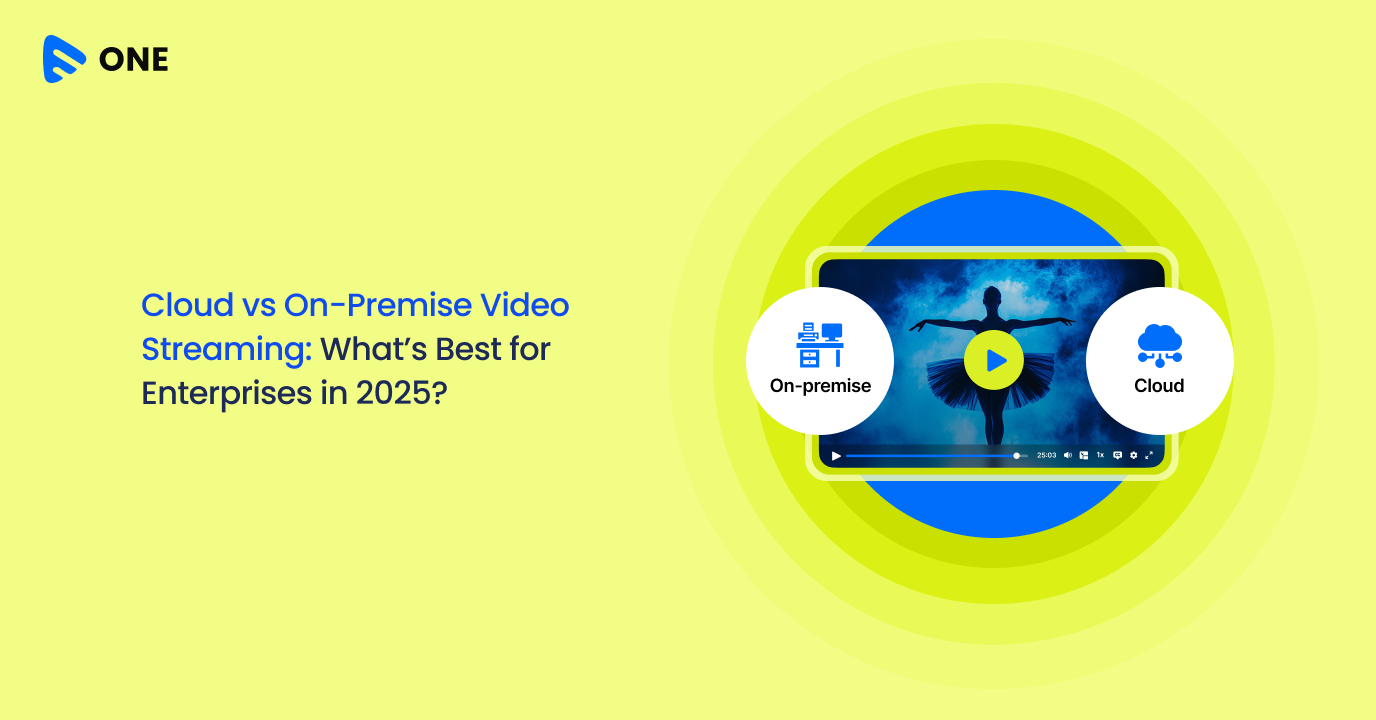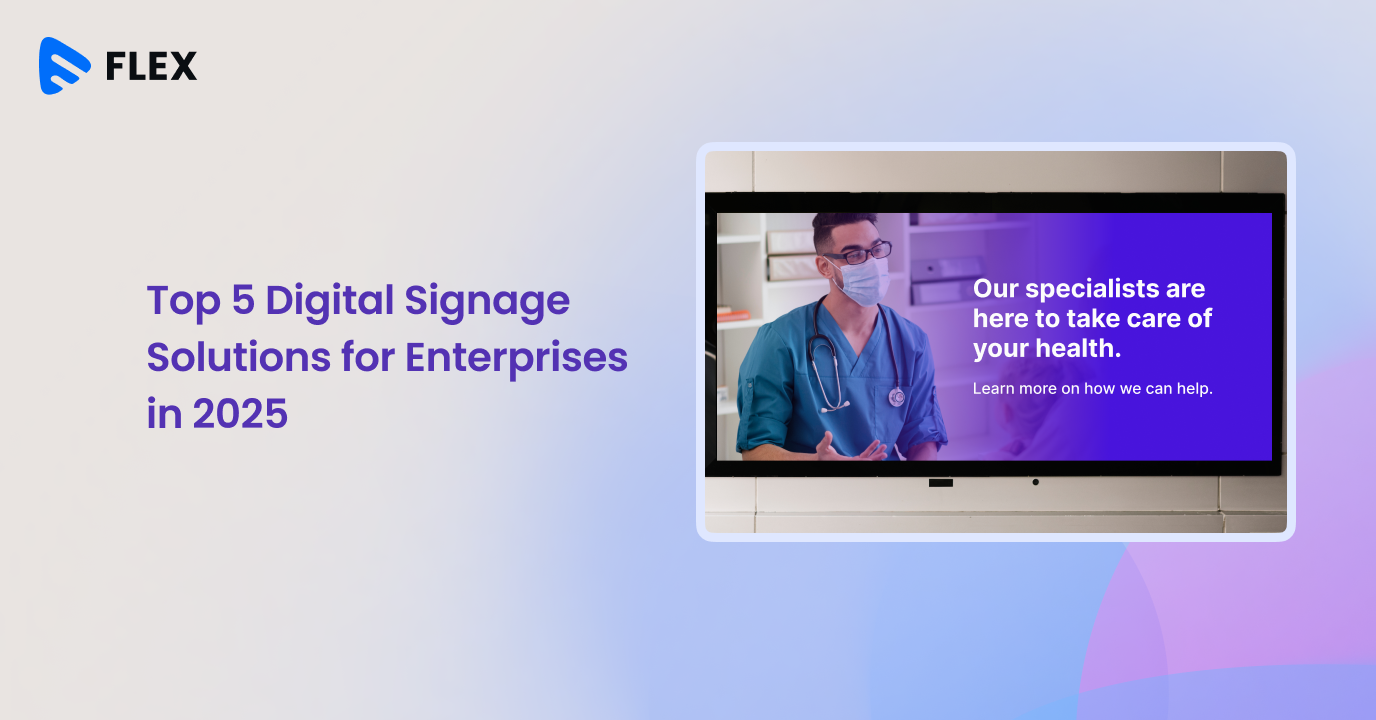Scaling up businesses, adopting new business models, acquisitions and mergers, complex subscription based pricing models- these all add up to create challenges in revenue recognition. And on the top of that ASC 606, the new revenue recognition standard has made it even tougher. Before we delve deeper into the challenges of revenue recognition and how to overcome those, let’s have a look at what this ASC 606 is.
What is ASC 606?
ASC 606, the new revenue recognition standard developed jointly by Financial Accounting Standards Board (FASB) and International Accounting Standards Board (IASB), provides a framework for businesses to recognize revenue more effectively and consistently. ASC 606 is meant to improve comparative analysis and simplify the financial reporting through a 5 step model for revenue recognition-
- Identifying the contract with a customer
- Recognizing the performance obligations in the contract
- Determining the transaction price
- Allocating the transaction price
- Recognizing the revenue
While the business owners tend to face hard times to recognize revenue for this new revenue recognition standard, there are ways out to smooth and proper revenue recognition. Let’s see how!
Guide to Overcome Revenue Recognition Challenges
The root of the revenue recognition challenges is often lack of segregating and organizing data in a systematic way. The usage of billing, revenue accounting, management and other tools result in disparate data from various sources. And you need to group and aggregate those data so that the entire revenue recognition process can be hassle-free without any difficulties or ambiguities. Also, this practice will let you analyze the data and related metrics easily whenever you want. If you have already opted for a quality automated billing and other accounting systems, then you have very less to worry regarding this.

Recalculate Revenue as Per the Contract
In order to execute the revenue recognition smoothly you need to be updated with the latest contract model and follow it to avoid any possible errors. One of the most common challenges which companies, especially the subscription-based ones face is, keeping track of all the changes or modifications of the contract by the subscribers taken place in various stages of the customer lifecycles.
It is important to note that- as per the new revenue recognition standard, such changes don’t account for a new contract. You need to analyze and determine whether they are distinct and can be allocated accordingly. And automation is the only way to accomplish this without any errors or challenges.
Also Read: Revenue Leakage: Common Causes and Preventive Measures
Focus on Event Based Revenue
Timing is an important factor as revenue gets triggered as and when the events such as acceptance, consumption, delivery, upgradation etc. take place. And as you can understand, it is next to impossible to keep track of all these without automation.
Calculate and Allocate Standalone Selling Price
The standalone selling price (SSP) is the price at which an entity would sell a promised good or services to an individual customer. It can be calculated by subtracting the sum of all observable SSPs of other goods or services from the total transaction price.
Manual calculation of SSPs complying with the new contract may take days and weeks based on your company size, number of transactions, customers etc. And automated tools can come to rescue in this case too. Start with your billing system and go for one which offers smart record keeping, automates all the related processes and gives you detailed insights on the key metrics to make your work easier.
Don’t forget Cost of Contract
It is important to calculate the cost of contracts as companies often tend to forget that resulting in ambiguities in revenue recognition. You must consider all the revenue related costs such as sales commissions, COGS (Cost of Goods Sold), cost of sales and others at the right time. Some tips to avoid any possible challenges-
- Ensure there is no delay in IPO (Initial Public Offering) or other exit strategies
- Automate the process- billing to revenue calculation to avoid spreadsheet errors
- Adopt the automated tools that can cooperate with the changing accounting guidances or contract
- Always review each step before finalizing
To Conclude,
A successful revenue recognition without facing hurdles is what every company wants to achieve. And your billing, accounting and other related tools play a key role in that. While automation solves half the problems, you need to make the right choice. Always opt for flexible, easily integrable and scalable tools and try to find more solutions in a single system as that can save you from the overhead of maintaining multiple systems on your platform.
Muvi Billing is one of its kind of billing system that provides automated & flexible billing solutions, smart record keeping, analytics & insights, and many more! It is scalable and integrates fast and smoothly with your app, website and any third party solution.
Take a 14-day free trial to know more (no credit card needed)!


















Add your comment